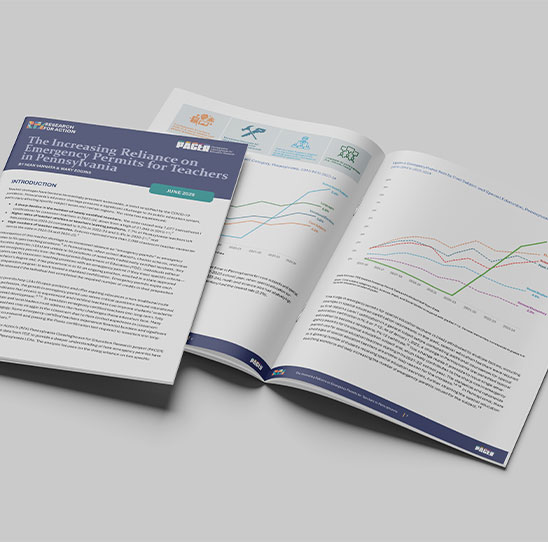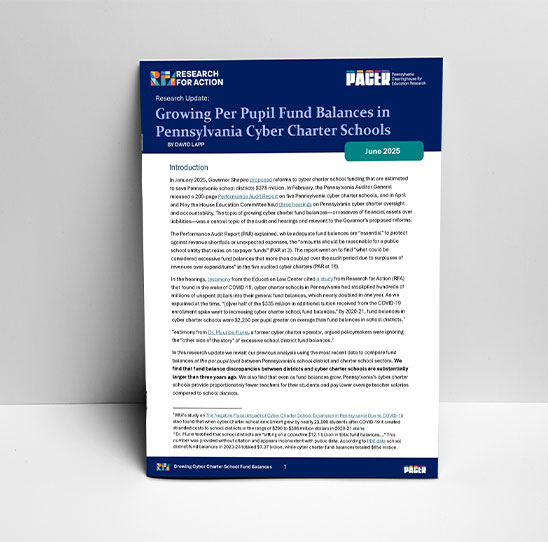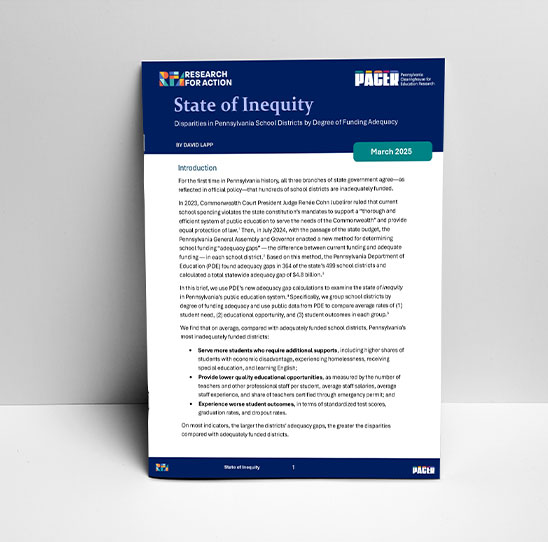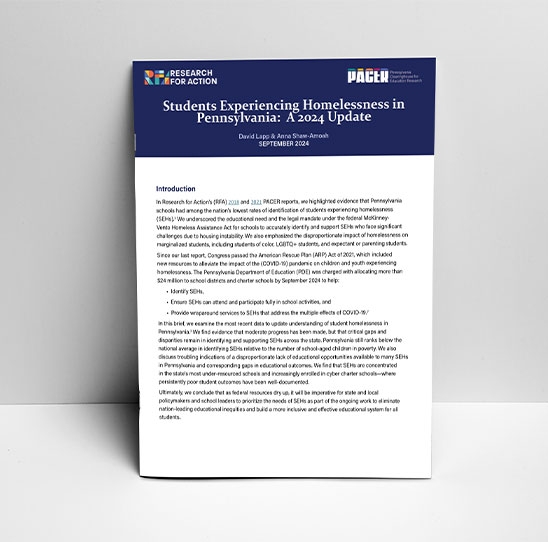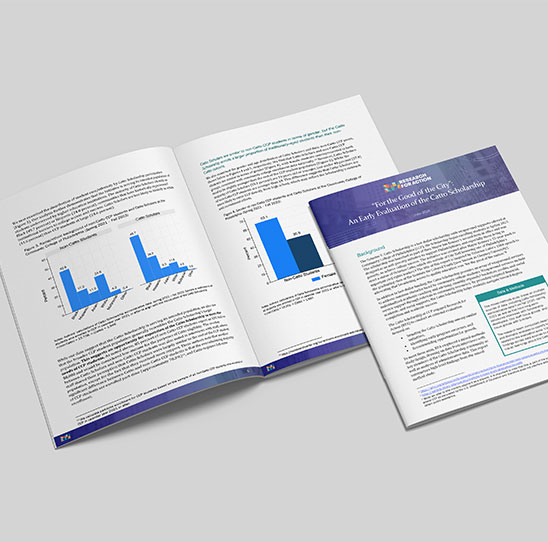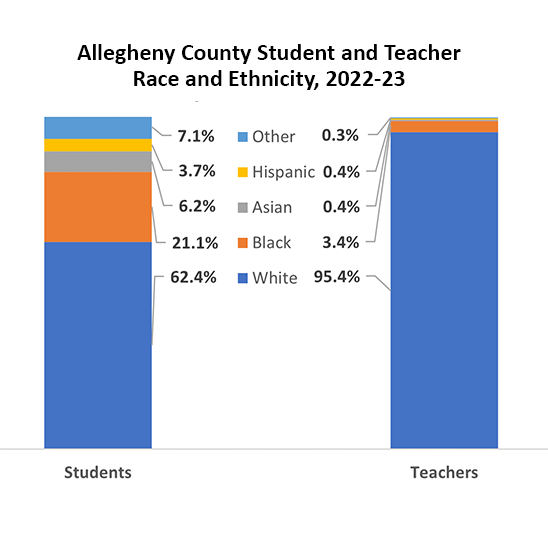Pennsylvania’s public education system is grappling with a significant and escalating reliance on emergency teaching permits. This increase reflects a growing teacher shortage across the state, characterized by a sharp decline in the number of newly certified educators, rising teacher attrition rates, and over 2,000 reported teaching vacancies. Emergency permits, intended as temporary measures to address staffing gaps, have become a critical tool for school districts, charter schools, and career and technical centers (CATCs).
The surge in emergency permit usage is particularly pronounced in specific subject areas, most notably special education, where changes in certification requirements and an increasing number of students requiring services have pushed permit rates above 9%. Elevated emergency permit rates are also observed in subjects like world languages, math, and science, while general elementary education exhibits the lowest rate. This reliance on emergency permits is not uniformly distributed across Pennsylvania. A disproportionate share of these permits is concentrated in a small number of districts; just 20 districts employ half of all emergency permit holders statewide as of 2023-24.
Alarmingly, districts with the highest rates of emergency permit usage tend to serve substantially larger populations of students of color and economically disadvantaged students, often coinciding with the most significant levels of funding inadequacy. This pattern underscores critical equity concerns, as students of color in Pennsylvania already face disparities in access to experienced teachers, advanced coursework, and positive school environments. The increasing reliance on educators holding emergency permits—who often possess limited classroom experience and lack full certification—has the potential to exacerbate these existing inequities.
Addressing this multifaceted challenge requires targeted policy solutions. It is essential to support districts most reliant on emergency permits while simultaneously strengthening pathways for emergency permit holders to achieve full certification, particularly by addressing financial and academic barriers. This analysis highlights the urgent need for state and local educational leaders to prioritize these efforts to improve teacher quality and ultimately enhance student outcomes across Pennsylvania.
